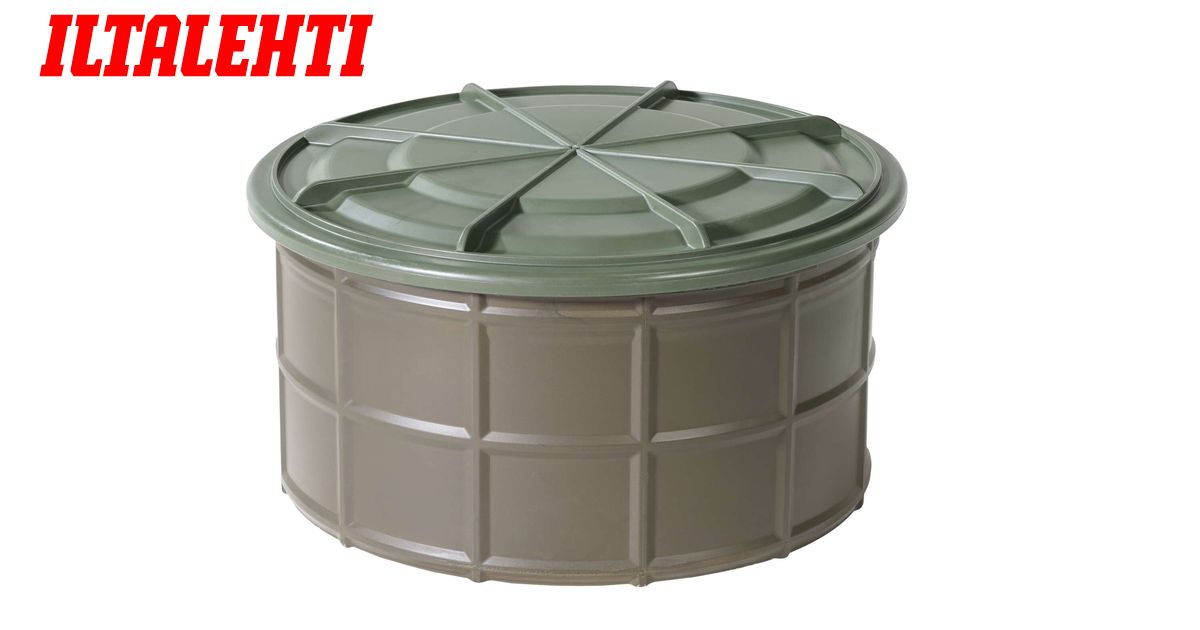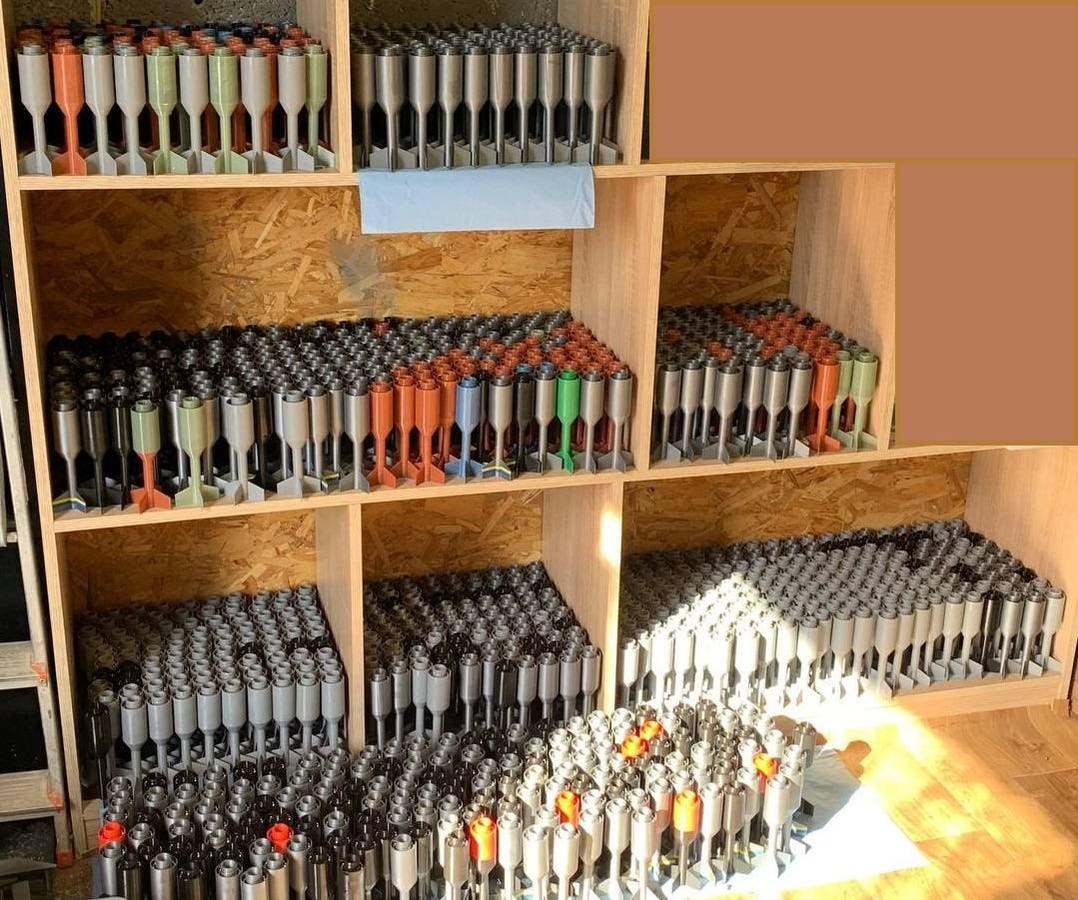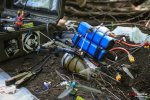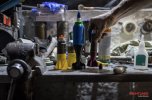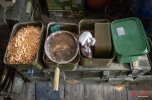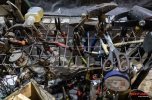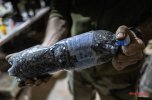Kurt is the commander of a separate small unit of
Kurt & Company. He has been in the war since 2014. The previous military specialty is a sniper. But now, in addition to rifles, both he and the guys from the unit are mastering many other types of weapons - drones with dumps, FPV drones, ATMs (anti-tank rocket systems), Swedish Karl Gustav grenade launchers, and all available Soviet weapons are of course modified to meet the needs of modern war and are also used. Everything is for the effective destruction of the enemy.
Only in March 2024, the unit eliminated 41 occupiers, wounded 45, destroyed 8 field warehouses with ammunition, destroyed or damaged 4 units of vehicles, destroyed a 120-mm mortar, destroyed BTR-8, and so on - EWs, antennas, warehouses with provisions and ammunition.
"The future is behind drones. I especially feel this because I have a lot of sniper experience, and now we are drone snipers. Drones with all these grenades and dumps we can replace soldiers. Drones can be bought in the store, and you can't buy a soldier in the store. We don't need three million soldiers, we need three million drones. Three million drones will save the lives of a million of our soldiers," Kurt says.
He notes that Western partners give Ukraine ammunition, but only in an amount that allows to deter the enemy, and to win, you need to win ten times more.
Laboratory of Death
Drones need bombs for airfreys. FPV drones also require explosives and fragmentation elements to defeat. The Armed Forces of Ukraine have not yet established a massive industrial production of these ammunition. So the UAV units do everything with their own hands. Kurt and once with the head of production on the call sign "Van Gogh" showed their "pyrotechnic laboratory" and the ammunition they make for dropping from drones.
Van Gogh in the Armed Forces of Ukraine for mobilization from 2022. Before that, he worked as an assistant driver on the railway for ten years, and was engaged in sports cars. I dreamed of competing. "But he made his own adjustments for 22 years," he notes.
All the "pyrotechnic tricks" "Van Gogh" has already learned here. "So to speak, in practice. It was scary at first. But he's already used to it," he says with a smile, dusting off the detonator from the Soviet RGM anti-personnel grenade, which is rather unreliable because of his age.
"We have waste-free production here," conducts the "Kurt" tour. - We make new ones from defective ammunition here."
They use defective grenades and misfire shells (this is called "abortion" in military slang), unreliable Soviet RGM grenades, trophy cassettes from "Hurricanes", "abortion" VOGs, "abortion" shells and mines, cartridges of various calibers, shots to hand-held anti-tank grenade launchers, and so on.
Meanwhile, Van Gogh breaks another Mk-19 grenade to the American automatic grenade launcher with a pipe.
"If Americans saw, they would go crazy," Kurt comments with a smile.
"We need to reduce this mechanism. There's a very cunning system here. Ammunition becomes a combat platoon only after it has left the MK-19 barrel channel and gained 12,000 revolutions. And we do it manually. We transfer the factory fuse to the position we need. Fix with glue. That's all," Van Gogh continues.
"Kurt" also talks about the modification of mines:
"A mine that didn't come out of the mortar. I gave a misfire. We call it "daborted". We don't throw it away. We take it, take a turned adapter with a thread for the Soviet RPG-7, wind the marching engine from the powder charge, and send it to the enemy. That's it. And very rarely there are not ruptures of such ammunition," he says.
According to "Kurt," the unit drops about a thousand ammunition on the heads of the occupiers during the month.
"If you take grenades, and I will not name the number of groups that work on "Maviks" in my unit, then they drop about a thousand such ammunition per month. And these are just my groups that are in my unit," the commander says.
Why drones and not sniping?
For five years of his military career, Kurt fought as a professional sniper. But the technologies of war are changing. "Snipers are now mostly starting to replace drones. How is it more effective? We do not risk the shooter, who is one of the most expensive fighters in training. We don't risk expensive weapons. And the drone can do the same job, and sometimes even better," Kurt believes.
"Sniping is still on time, but more in urban conditions," Kurt believes. He gives a recent example when 58-year-old Ukrainian Vyacheslav Kovalsky liquidated a Russian occupier at a distance of 3800 meters, setting a world record.
And Kurt itself in 2020 was in 1st place in Ukraine and 3rd in the world with a 2162 meter accurate shot from a Barrett rifle. But in modern conditions of war in the fields and landings, snipers are much more difficult to work.
"If you go somewhere on the open and you are noticed from a drone. Ninety percent that you're 200th. Because everything will fly on you...", Kurt seriously adds.
According to him, from a good shelter, a sniper can repel the assault, stop even the offensive of an entire unit.
Critical problems and moods
According to Kurt, several critical problems have now formed on the front line: lack of ammunition, Ukrainian or Western production, lack of people due to losses, as well as exhaustion of personnel of combat units.
"We lack small, artillery lacks big. There is a lack of ammunition for the production of dumps for drones – mines, grenades, VOGs. And, of course, we waste a lot of invaluable time and human resources to produce all this BC. This is unacceptable! 10 years to fight with such an enemy as the Russian Federation, and not to establish its own production," Kurt does not hide its irritation.
He sharply criticizes the decisions of the authorities, which, in his opinion, led to the existing "shell hunger" and a shortage of people at the front.
"Well, why is this happening? The boys are the best, and they are foolish," the military is outraged.
Kurt, like many at the front, is annoyed by the helplessness of the authorities, which cannot not only eradicate corruption, but even resolve the issue of adopting a number of laws necessary in wartime, in particular on mobilization and weapons.
"Well, what are we talking about? We cannot sign the gun law. They are afraid that we will come and buy. And we no longer need the gun law, we have it. That's all here... We have weapons in the country... We are like Pakistan, do you understand?" the unit commander laughs.
Kurt's phrases are indicative of understanding the general moods of the morally and physically exhausted military on the front line, who have to keep the front in conditions of a critical shortage of ammunition and people.
What to do with the production of BC for drones?
On February 6, 2024, a new kind of troops was created as part of the Armed Forces of Ukraine - the Forces of Unmanned Systems. It is anticipated that it will use air, sea surface and underwater, and ground-based unmanned and robotic systems. It is clear that this requires a developed ammunition manufacturing industry.
"Kurt" knows about the creation of a new kind of troops, but, in his opinion, it is too early to rejoice at the front line because "they create a lot, but do little."
The Kurt team heard about the industrial production of ammunition for airdrops, but they did not receive such products throughout the war.
"It is necessary to organize mass production. You can from those mobilized who do not want to go here to the front line. Let them do BC production. This can be done, in reality, in basements. If 100 such productions are made, and 20 people each, then these people will fill us with ammunition. Instead of making them with pens. Because of course, we spend a lot of time producing BC. And time is a resource. There will be people, there will be weapons and BC, and we will stop the second army of the world," Kurt puts an end to it.

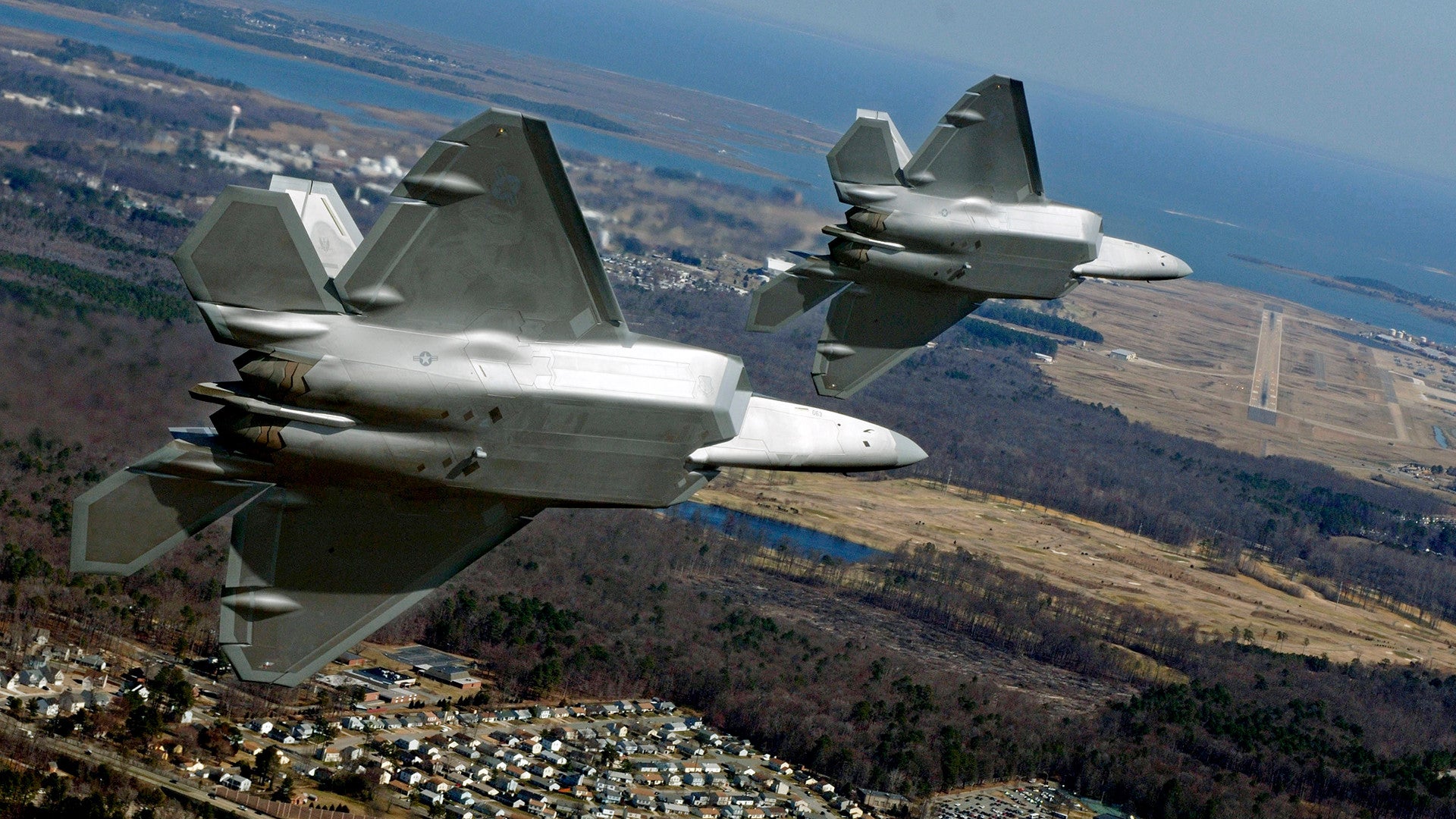
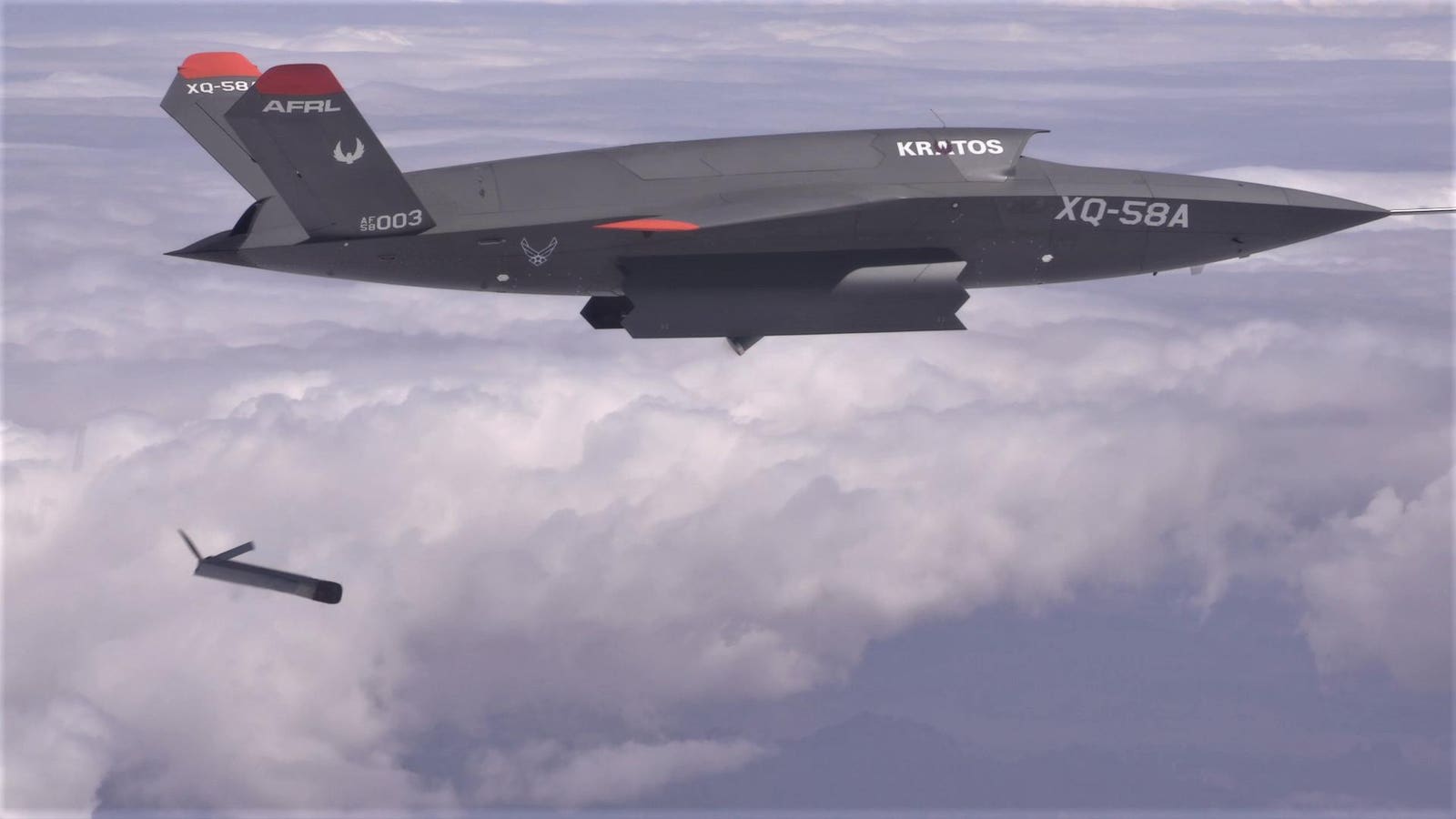

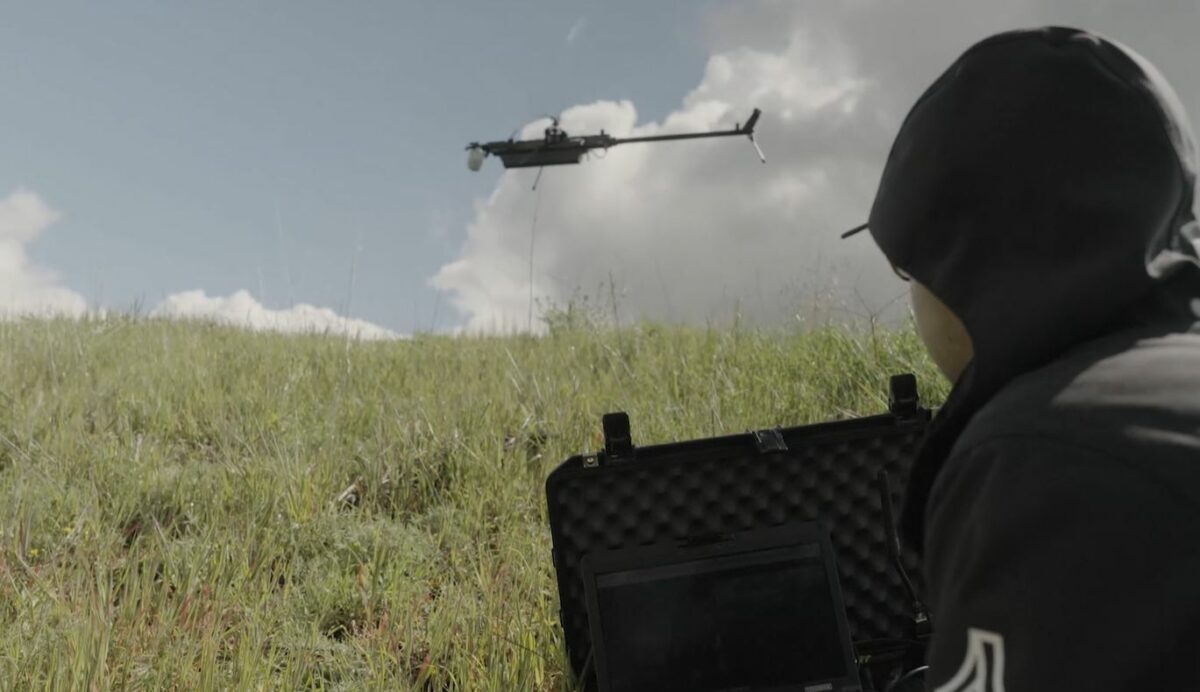
 Arion-SMET FCT Highlights
Arion-SMET FCT Highlights
